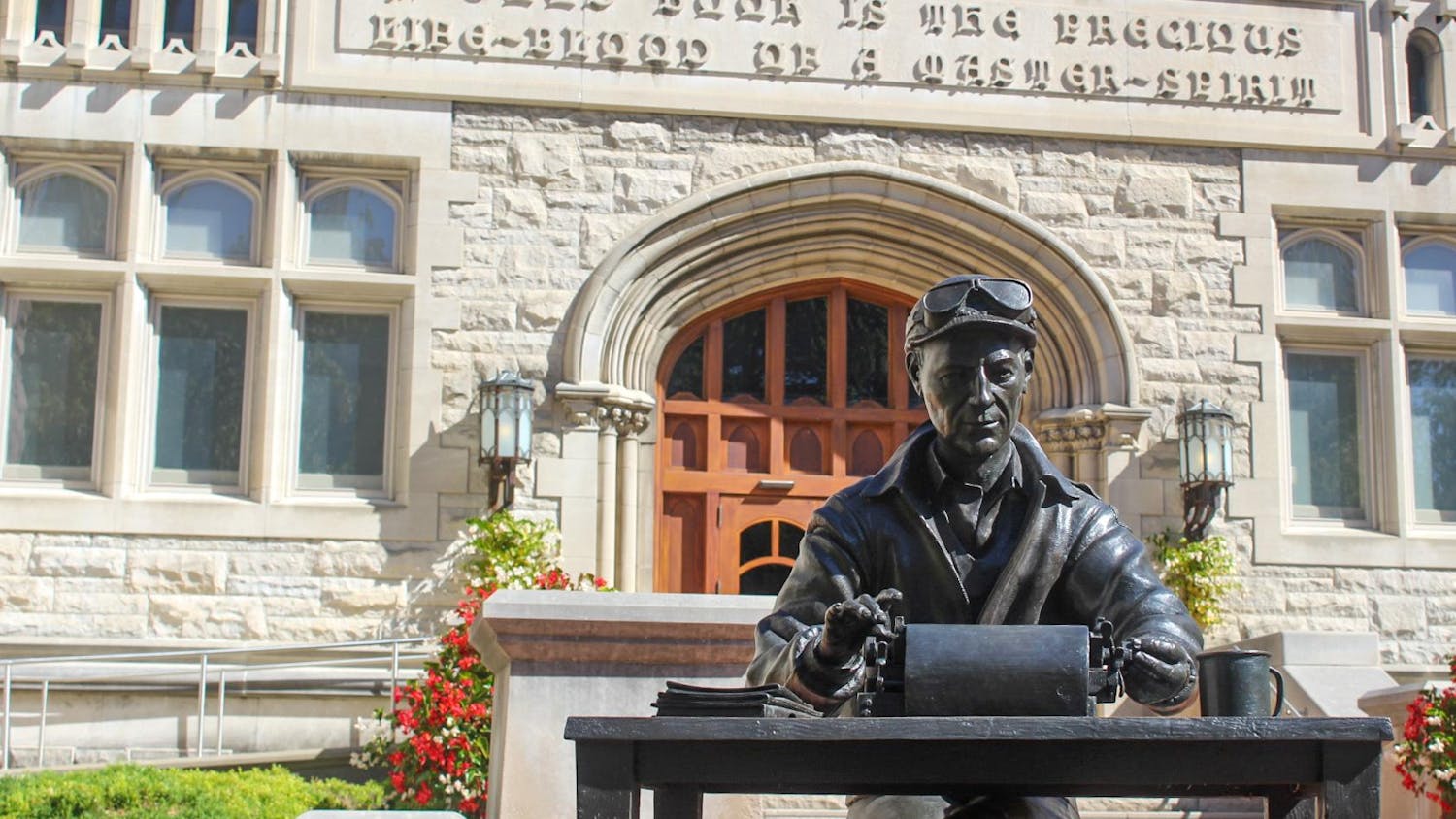The New York Times has adequately responded to public outcry after publishing an article by Richard Fausset which normalized the hatred, bigotry and violence of far-right extremism.
The article "A Voice of Hate in America's Heartland" describes Tony Hovater, a Nazi sympathizer, white nationalist and welder from New Carlisle, Ohio, going through the motions of normal American life — eating a turkey sandwich at Panera, shopping for groceries, listening to NPR.
This normalcy should not surprise readers. Real evil doesn’t wear Disney-esque cloaks of skinned puppies or bathe in blood.
Of course the most base and vile citizens of our country wear the clothing brands that we like, watch our favorite shows and movies, eat the same foods and drink the same drinks as we do.
“That evil is also banal is not new,” tweeted Vox Media founder Ezra Klein.
In discussing Adolf Eichmann, one of the major logistical organizers of the Holocaust, American political theorist Hannah Arendt writes, “The trouble with Eichmann was precisely that so many were like him, and that the many were neither perverted nor sadistic, that they were, and still are, terribly and terrifyingly normal.”
In a separate piece published in the NYT alongside his Hovater bio, Fausset asks, “What makes a man start fires?” Like Arendt, he is interested not only in the banality of evil, but also in its origin.
Fausset freely acknowledges he has failed to identify any causative factor that led to Hovater’s radicalization and extremism, admitting, “Sometimes a soul, and its shape, remain obscure to both writer and reader.”
“Mr. Hovater grew up on integrated Army bases and attended a mostly white Ohio high school," Fausset writes, "He did not want for anything. He experienced no scarring racial episodes.”
And even the presence of some childhood trauma or bureaucratic slight could not guarantee the emergence of Hovater’s profound bigotry and intolerance.
Fausset’s bio of Hovater simply reemphasizes the banality of evil: that it may arise spontaneously and inevitably to any slight or defect in society, a Hobbesian defect at the very core of human nature.
But failing to explain evil does not mean one can refuse to condemn it.
Fausset did accurately portray the modern political climate. Racism, sexism and homophobia have been, and still abhorrently are, as American as apple pie.
But by writing about "how things are" without coupling that description with "how things should be," Fausset’s writing was unfortunately effective at normalizing and vindicating hatred.
Fausset’s failure was that far-right extremists reading his piece would never have their ideals or motives challenged.
Like a relative who fails to speak up at Thanksgiving dinner when an uncle uses a racial slur, or a Hollywood agent who doesn’t sever ties with a celebrity when he has been accused of sexual misconduct, the NYT, in its silence, is in a way complicit in the harm done by the movement.
Allowing Hovater to speak without also demonstrating the ideals of this nation — life, liberty and the pursuit of happiness for all — are irreconcilable with his various forms of bigotry and racism peddled by the far-right, simply amplifies the voice of intolerance.
Fausset says the failures of his initial article are perhaps inherent to the journalistic process.
Oftentimes, the news cannot decipher the catalysts behind malevolent actions or offer a clear way to rectify the damage that has been done.
But even without these answers, The Washington Post’s Erik Wemple points out, the timbre of journalistic writing can still convey the immorality of its subject to the reader.
Wemple then goes on to list articles from The Atlantic, ProPublica and the Post itself as examples of writing that portrays white nationalists as not only Americans, but as Americans crippled by their own fear and hatred.
The Times’ response to the backlash attempts to explain the intent behind Fausset’s article and offers a future alternative I heartily endorse: journalism focused “less on those pushing hate and more on those on the receiving end of that hate.”
The media should never give the perpetrators of physical or societal violence a national platform.
Focusing instead on the “victims of their ideologies” like Heather Heyer and people of color, such as Dr. Eugene Gu, who have been injured by far-right extremists allows news agencies to still address the harm done by those like Hovater without risking the normalization of such beliefs.
jhoffer@indiana.edu
@jhoffer17





